Lumbini, Mayadevi Puskarini Pool
- Lumbini, Burma Monastery
- Lumbini, Chinese Monastery
- Lumbini, German Monastery Inner View 1
- Lumbini, German Monastery Inner View 2
- Lumbini, German Monastery Outer View
- Lumbini, Japanese Monastery Front View
- Lumbini, Japanese Monastery Top View
- Lumbini, Mayadevi Inner View 1
- Lumbini, Mayadevi Ashok pillar
- Lumbini, Mayadevi Outside view
- Lumbini, Srilanka Monastery View 1
- Lumbini, Thai Monastery Inside View
- Lumbini, Thai Monastery Outside View
Lumbini, the birth place of Lord Buddha, is situated about 22 km. from Bhairahawa (Siddharthanagar), below the Churia range, 24 km. south from the foothills of the Himalayas, on the western bank of Telar river in Rupandehi district of Lumbini zone in Nepal. It is about 300 km. west of capital city Kathmandu. Kapilvastu, Rupandehi and Nawalparasi Terai districts of Lumbini Zone are around Lumbini, the birth place of Lord Buddha, which are fertile and densely populated.
It is about 34 km. from Naugarh Railway Station on the North-Eastern Railway of India. Buddha, Known as the Lord of Asia, was born in Lumbini during the full moon day in the month of Baisakh in 623 BC. He was born under a sal (Shorea robusta) tree when Mayadevi was going to her maternal town on the occasion of delivery.
Suttanipata has mentioned the earliest description of the birth of Buddha in Lumbini. After the birth of Buddha he took seven steps towards north and, looking in all directions, he declared that "I am the foremost of all creatures to cross the riddle of the ocean of the existence, this is my last birth and here after, I will not be born again". The site is spelt as Rummindei or Rupandei (beautiful lady), the perverted form of Rupa devi, the queen Anjana of the king of Devadaha which was situated to the east of Kapilvastu in ancient time. The site is called Lun- min and La-Fa-Ni by the Chinese pilgrims Fa- Hien and Hiuen- Tsiang respectively. In course of exploration of the ancient Buddhist sites General Cunningham has mentioned La-Fa-Ni is Sanskrit Lavani, a beautiful lady. In Buddhist literature it is known as Pradimokşa vana blessed with various trees and flowers, which is compared to the Chittalata grove of Indra"s paradise in heaven. The earliest Pali text Suttanipata has mentioned that, "The wisdom- child, that Jewel so precious, which can not be matched, has been born at Lumbini, in the Sakya land for well being and joy in the world of men". A Muslim historian of India named Abul Fazal has called Mokta. It is also known as Paderiya (Parariya) where the Asokan pillar is located in the Nepalese Terai. The name of the site is spelt Lumminigame and Lumbini Vana in the Asokan pillar Edict still standing at the same place. Mukherji has also mentioned the name Rummin-dei in his report. In the Magadhi language, being used in the north-eastern pillar edicts in India and Nepal, "la" is invariable substituted for "ra". The location of Lumbini is pointed out in the Buddhist literature, as well as, in the records of the Chinese pilgrims who visited India in the fifth and seventh centuries AD. As mentioned in Jataka story this sal garden was in joint possession of the Sakayas and Koliyas during the life time of Buddha. The Mahavamsa, a Ceylones chronicle, and Nidana katha have also located it between Kapilvastu and Devadaha. The sal garden was the place of recreation during the reign of the Sakayas and Koliyas. Buddha charita of Asvaghosa describes Lumbini as "gay like the garden of caitra ratha with trees of every kind. According to Fa- Hien it is located about 50 li east of Kapilvastu. Hiuen- Tsiang had also pointed out that it was about 80 or 90 li.(21.729 or 24.445 km.) north-east of arrow-well. It was linked through popular "Uttara path" to Kapilvastu, Ramagrama and other important cities during the Buddhist period. The present location of Lumbini, the exact birth place of Lord Buddha, is absolutely clear.

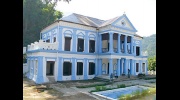
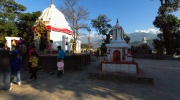
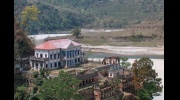
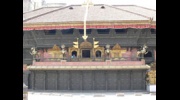
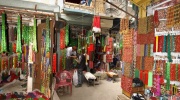
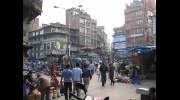
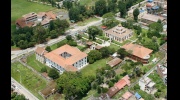
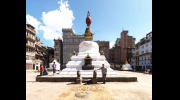
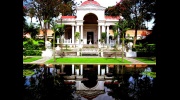
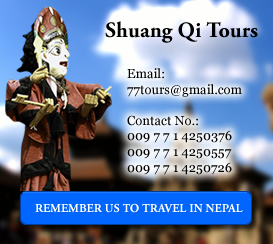
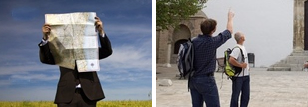






There is no comment yet for this virtual tour.
Be the first one to comment in this virtual tour »